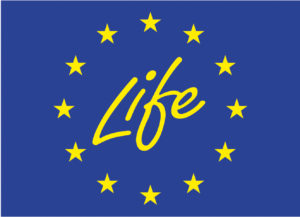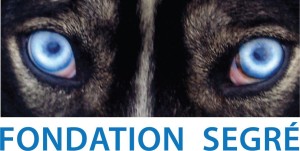Following multiple releases of both species, monitoring data shows populations of red and fallow deer are now thriving in the Rhodope Mountains rewilding area and beyond. This is good news for predators, scavengers and local nature-based businesses.
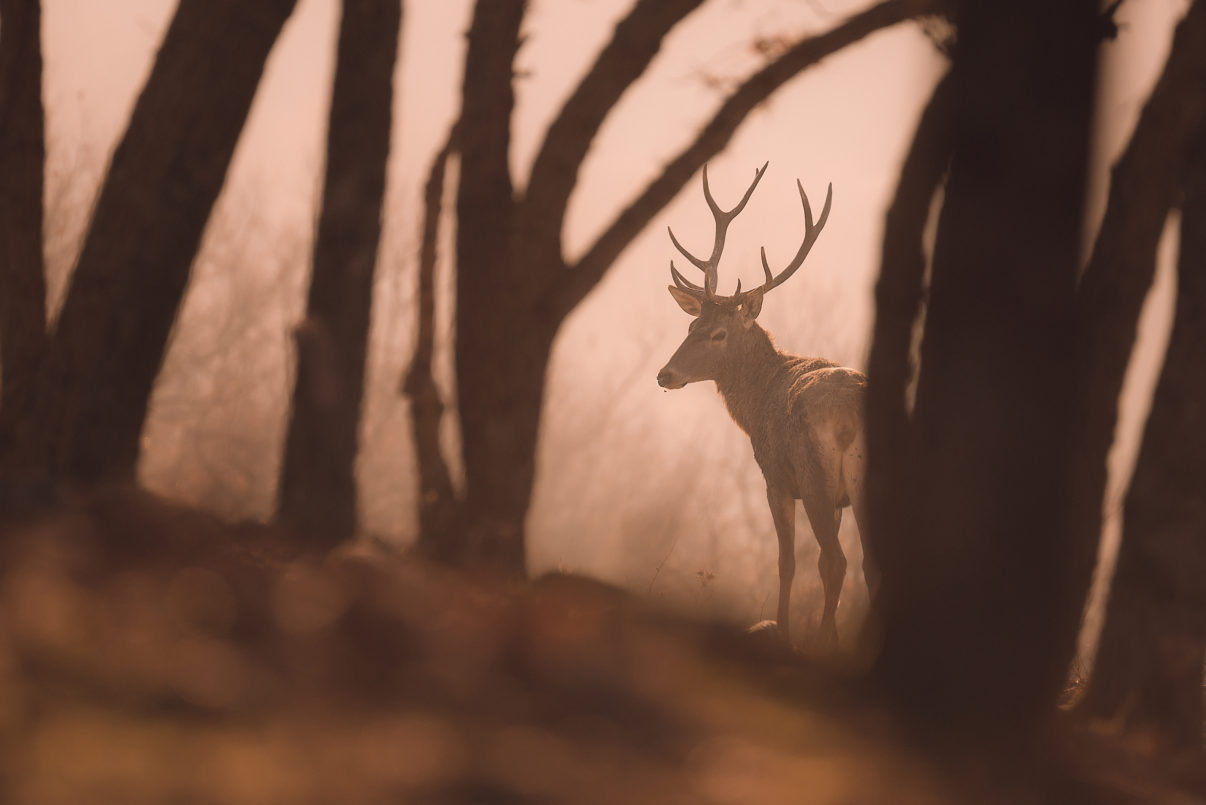
Chain reaction
The Rhodope Mountains are Rewilding Europe’s flagship rewilding area for food chain restoration. Boosting local herbivore populations – particularly deer species – is increasing the availability of prey for large carnivores (especially the grey wolf), as well as carcasses for scavenging species (such as the local Egyptian, cinereous and griffon vulture populations). A more natural population dynamic between predators and herbivores influences the grazing behaviour of the latter, creating habitats which are richer in biodiversity.
In collaboration with local partners, the Rewilding Rhodopes team has been working for many years to re-establish viable populations of both red and fallow deer in the Rhodope Mountains rewilding area, with more than 400 fallow and 50 red deer reintroduced at different sites (red and fallow deer populations both need to contain at least 50 adult animals to be considered viable). Recently collected monitoring data shows that these efforts are now paying off, with populations of both species increasing and dispersing across the landscape.
“It’s great to see these animals thriving and reassuming their place in local food chains,” says Rewilding Rhodopes rewilding officer Stefan Avramov. “The eastern Rhodope Mountains have the potential to support thousands of fallow and red deer. Healthier food chains are better for wild nature, which in turn is better for local nature-based businesses.”
Keeping track
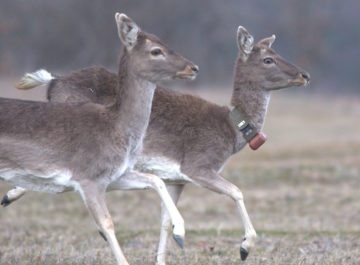
Reintroduced fallow and red deer populations are monitored with GPS collars, camera traps placed near wildlife trails and salt licks, and by collecting information from locals. Monitoring data shows the population of red deer has now grown to between 80 and 100 animals, with the largest group of between 60 and 80 animals observed in the Studen Kladenetz Reserve.
The Rewilding Rhodopes team is expecting a new generation of fawns in late May and early June, which will further increase the existing population. The next red deer census is set to take place in January 2021, when population trends will become clearer.
“We have already observed a few red deer released in the eastern part of the Rhodope Mountains mixing with populations in the western part,” says Stefan Avramov. “This is a natural process and will continue as populations of reintroduced animals increase.”
Similar upward population trends have been observed with the more numerous fallow deer in the area, which have formed at least three separate subpopulations. The total population of fallow deer in the eastern Rhodopes region – including the main source population in the Studen Kladenetz Reserve – is now estimated to be between 2,200 and 2,500 animals (winter 2019/2020).
Cross-border efforts
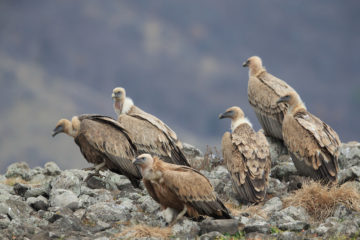
Despite the releases of red and fallow deer, the Rewilding Rhodopes team and local partners are still supporting the area’s vulture populations through a supplementary feeding programme, with nearly 450 feedings carried out annually at three different sites. With the availability of wild carcasses increasing, however, the vulture’s survival will be less dependent on such programmes.
By providing a clean food supply, artificial feeding also helps to mitigate the risk to vultures from illegally poisoned baits, which are frequently put out by local people with the aim of killing foxes, jackals, wolves and other animals that are perceived as a threat to livestock. These can have a disastrous effect on vultures, which forage widely for such carrion.
All deer releases in the Rhodope Mountains rewilding area are carried out under the framework of the European Commission-funded LIFE Vultures project, with additional support provided by Fondation Segré. Starting in 2016, this five-year project was developed by Rewilding Europe, in collaboration with the Rewilding Rhodopes Foundation, the Bulgarian Society for the Protection of Birds (BSPB), and a range of other partners.
Focusing on the Rhodope Mountains rewilding area, as well as a section of the Rhodope Mountains in northern Greece, the aim of the project is to support the recovery and further expansion of local black and griffon vulture populations, mainly by improving the availability of natural prey and by reducing mortality through factors such as poaching, poisoning and collisions with power lines.
Want to know more?
- Rewilding Rhodopes
- LIFE Vultures
- Rhodope Mountains rewilding area
- Experience the Rhodope Mountains rewilding area with the European Safari Company

